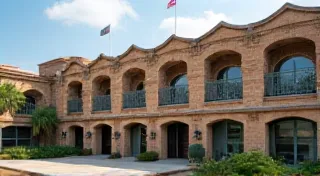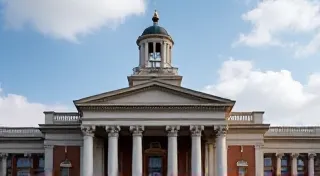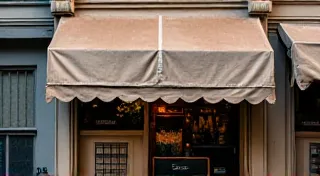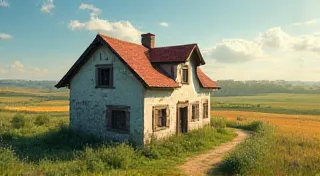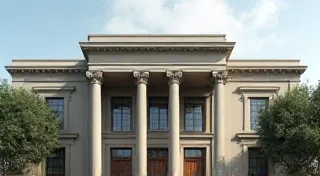The Town Hall: Where Decisions Were Made
For generations, the Town Hall has stood as a steadfast presence in our
Early Beginnings: A Symbol of Growth
The original Town Hall, a much smaller structure, was erected in 1888 following a period of rapid population growth. Prior to its construction, town meetings were held in various locations - the local schoolhouse, the general store, even open fields. Imagine those early gatherings – a motley crew of settlers, farmers, and merchants attempting to organize a fledgling community. The need for a dedicated space to conduct civic business became increasingly apparent. The initial design reflected the prevalent Victorian style, showcasing brick construction and a simple, functional layout. While the records from that time are sparse, oral histories suggest it served the community admirably, though it quickly became too small. These early attempts at organization and governance were critical, laying the foundation for the institutions we know today, much like the efforts to preserve our local historical records, accessible through places like the Blackwood Library.
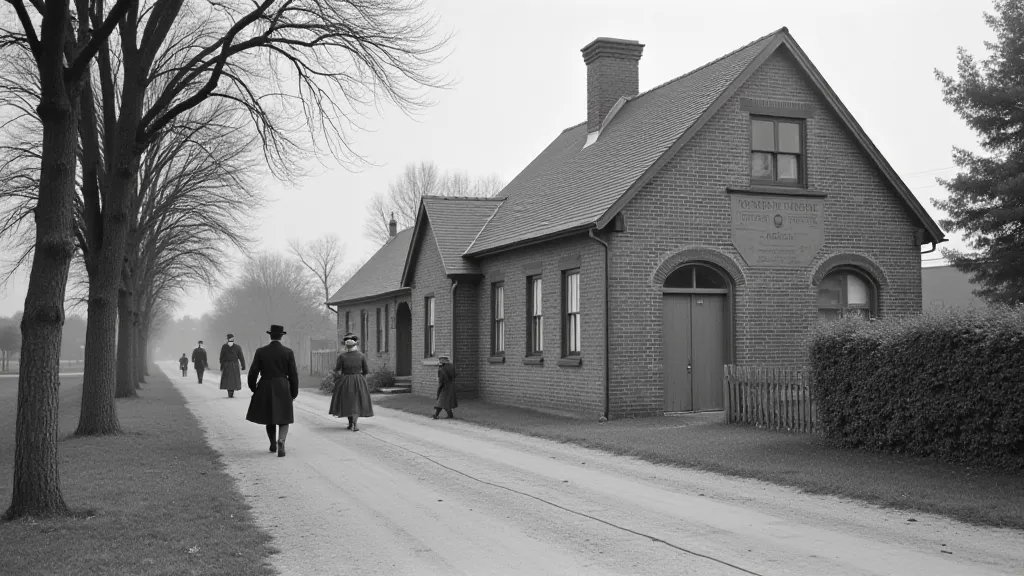
Expansion and Architectural Evolution
As the
The architectural choices themselves were significant. Beaux-Arts, with its emphasis on symmetry and grandeur, conveyed a sense of order and importance. The selection of materials – locally quarried stone and imported marble – signaled prosperity and a commitment to quality. The effort to build such an impressive structure reflects a broader ambition, akin to the visionaries who established the Old Mill, a cornerstone of our region’s early industrial development.
The building's central clock tower quickly became a recognizable feature of the skyline, regularly chiming the hour and providing a sense of order and continuity. The rhythmic ticking of the clock wasn't just about timekeeping; it was a constant reminder of the ongoing work of the community, the ongoing legacy of those who came before. Inside, the council chambers were redesigned to accommodate larger gatherings and provide a more formal setting for official proceedings. The incorporation of stained-glass windows depicting scenes of local history added a touch of artistry and visual interest, each pane a silent storyteller of the region’s past. The effort to document these historical events mirrors the ongoing efforts to preserve the stories of those who rest in the Pioneer Cemetery, ensuring their contributions are never forgotten.
Pivotal Moments Within These Walls
The Town Hall has been the stage for countless significant events. From the debates surrounding the construction of the first railway line to the discussions on establishing local schools and hospitals, the council chambers have resonated with the voices of community leaders and concerned citizens. Imagine the passionate arguments, the tense negotiations, the compromises forged within those walls. These weren’t just bureaucratic proceedings; they were moments that shaped the very fabric of our community.
During the Great Depression, the Town Hall became a hub for relief efforts, with officials coordinating food distribution and unemployment assistance. The sense of collective responsibility and the willingness to help one another during times of hardship were truly remarkable. The building itself became a symbol of hope and resilience. The challenges faced during that era highlighted the importance of strong community institutions, much like the vital role played by the Old Fire Station in protecting our homes and businesses.
More recently, the Town Hall played a crucial role in the debate surrounding the preservation of surrounding farmlands and the establishment of local parks and recreational areas. The clash between progress and preservation – the desire for economic growth versus the need to protect our natural resources – continues to be a defining challenge for our community. The building’s walls have witnessed change, challenge, and ultimately, the enduring spirit of our community.
The Town Hall Today: A Legacy of Service
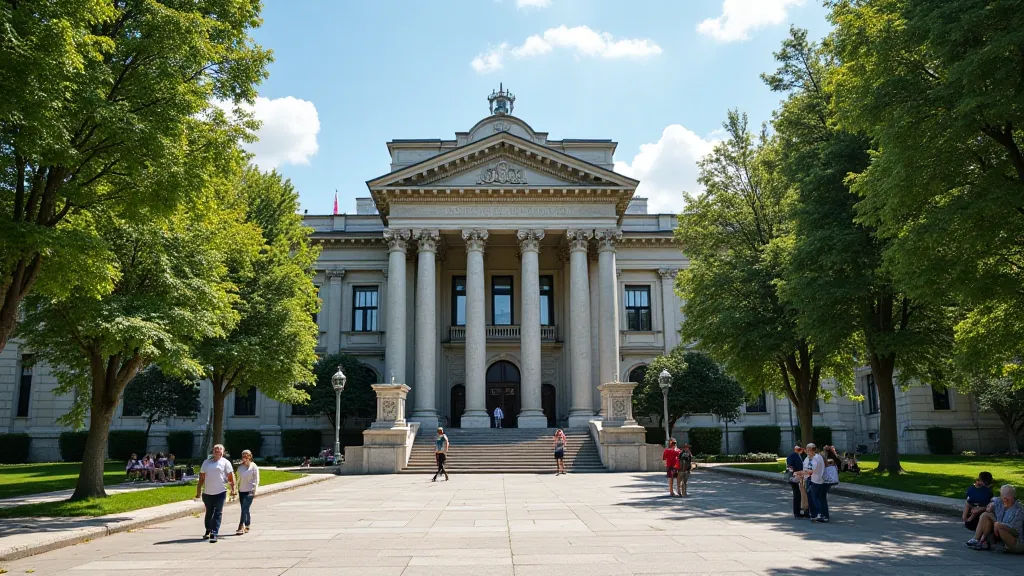
Today, the Town Hall continues to serve as the center of local government in our
Preservation efforts are ongoing to ensure that future generations can appreciate the architectural beauty and understand the history held within these walls. A dedicated team of historians, architects, and preservationists work tirelessly to maintain the building’s integrity, repairing damage, restoring original features, and educating the public about its significance. Funding for these efforts comes from a combination of public and private sources, demonstrating the community’s widespread commitment to preserving its heritage. The care taken in maintaining the Town Hall reflects a broader appreciation for the institutions that define our region, from the quiet reverence of the Blackwood Library to the simple beauty of the surrounding landscape.
The Town Hall is more than just a

Consider the stories held within these walls – tales of triumph and adversity, of progress and preservation. The Town Hall is not merely a structure of brick and stone; it is a repository of memories, a symbol of our collective identity. It is a place where decisions are made, debates are held, and the future of our community is shaped. And as we look forward, let us remember the lessons of the past and work together to build a future worthy of those who came before us.
